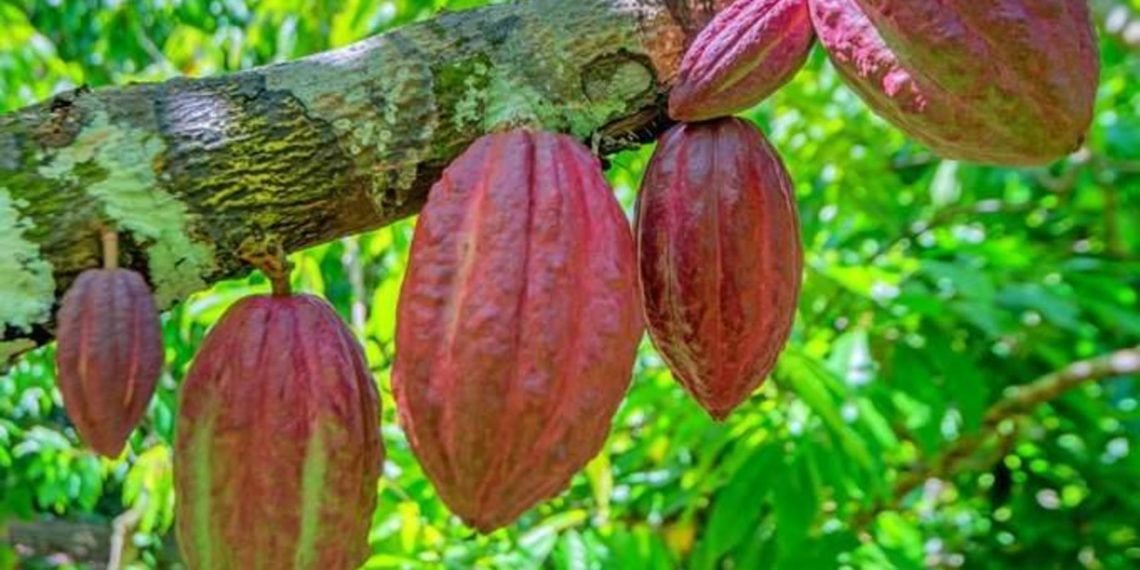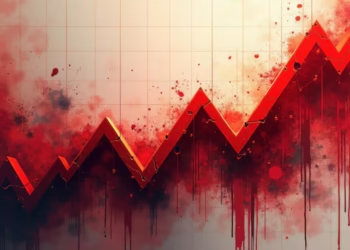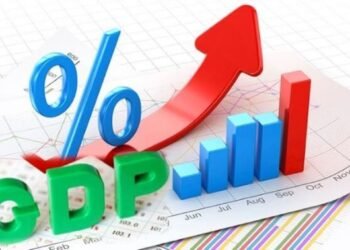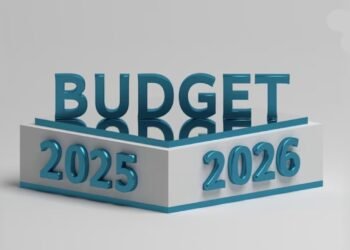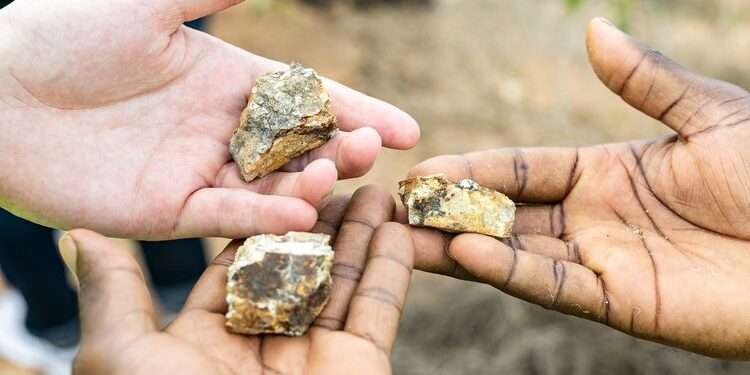Exports of cocoa beans and products have seen a major increment in the first 8 months of the year, up by 14%.
A recent report from the Bank of Ghana shows that exports of cocoa beans and products amounted to US$1,719.0 million compared with US$1,507.4 million recorded in the corresponding period of 2019.
The increment of US$ 211.6 million represents a year-on-year growth of 14%. The inspiring performance of cocoa partly reflects an impressive recovery of Cocoa futures after pricing low in the two months preceding August 2020.
According to the Monetary Policy Report on Global Economic Developments & Ghana’s Balance of Payments, the crop gained 12.5 percent in August 2020 compared to the previous month’s average price of US$2,206.77 per tonne to settle at an average price of US$2,482.14 per tonne.
The central bank pointed out in this report that the market was supported by below-average rainfall in Ivory Coast’s main cocoa growing regions and some West African regions.
“The gains were however moderated by the strengthening of some major currencies and the effect of COVID-19 which continues to curb demand. From the beginning of the year to August 2020, the crop has lost 1.44 percent of its price caused mainly by low demand for the bean due to the COVID 19 pandemic”.
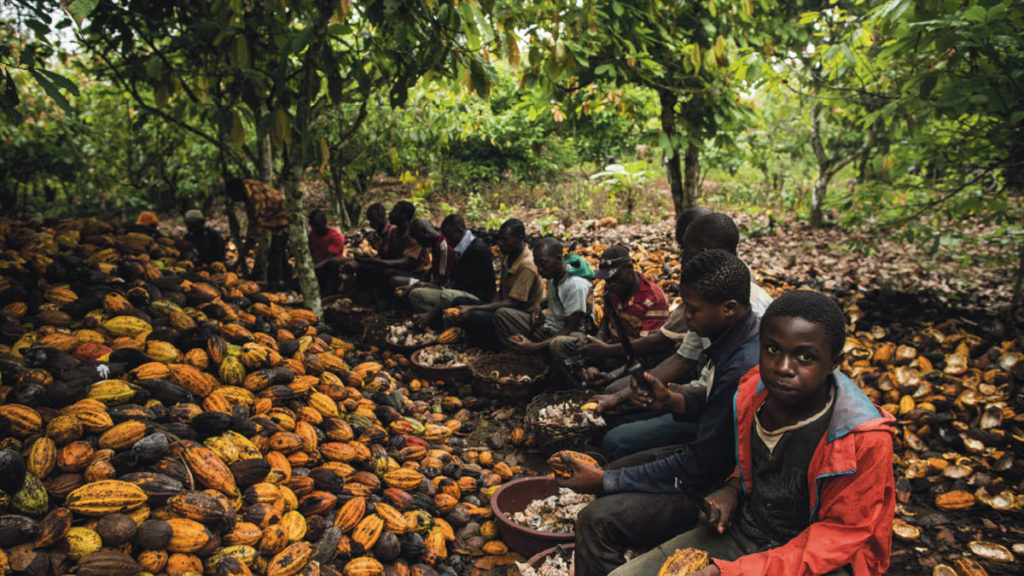
The other two of the three major commodities exported by Ghana; gold, and crude oil also recorded a rise and fall in their export earnings respectively.
Gold Price Developments
Spot gold continues to enjoy solid gains as it soars for the fifth successive month into August 2020. Compared to the preceding month, the yellow metal edged higher by 6.94 percent to settle at an average price of US$1,971.07 per fine ounce.
The Bank of Ghana noted that Gold continues to benefit from the misfortune of its competitors as COVID-19 lingers and the falling returns on US bonds.

From the beginning of the year to August 2020, gold prices have gained 33.06 percent as investors run to safety from the impact of coronavirus and as central banks and fiscal authorities implemented stimulus packages to cushion its economic impact.
Gold exports were US$4,332.5 million as at End-August 2020, up by 5.5 percent in year-on-year terms.
Brent Crude Oil Price Developments
The Bank of Ghana stated that international benchmark Brent crude oil traded in the positive territory for the fourth successive month into August 2020.
Crude closed the month under review at an average of US$45.04 per barrel, representing a 4.17 percent increase from that recorded in the previous month.
Prices gained, according to the central bank, was as a result of efforts by OPEC+ to fully comply with the agreement to cut global oil production and thereby reduce supply in the market.
The Bank of Ghana further states that Prices were also supported by the reduction in offshore oil production in the U.S ahead of hurricane Laura. Crude oil prices have fallen 30.98 percent from the beginning of the year to date.
The gap in losses is however narrowing as economies are finding ways to be in business amid the pandemic.
However, despite the rise in Crude oil prices, oil exports fell sharply to US$1,903.6 million compared with US$3,073.1 million in 2019.
Overall, the Bank of Ghana stated that the weighted average price of the three major commodities exported by Ghana (cocoa, gold, and crude oil) increased for the sixth successive month into August 2020.
The Banker of the government noted that the increase in the index was buoyed by an increase in the sub-indexes of all three commodities.
The cocoa sub-index contributed the most with 12.48 percent, followed by the gold sub-index with 6.94 percent and the crude sub-index contributed 4.17 percent, leading to an overall increase in the index by 7.42 percent compared to the previous month.
From the beginning of the year to August 2020, the index increased 12.39 percent. This was attributed to an increase in the gold sub-index alone, which was enough to offset declines in the sub-indexes of cocoa and crude oil.
Total merchandise trade for the first eight months of 2020 was provisionally estimated at a surplus of US$1,318 million (2.0% of GDP) compared with a surplus of US$1,421 million (2.1% of GDP) over the same time in 2019.
This outturn, according to the central bank, was on the heels of a larger decline in export receipts mainly from crude oil.



